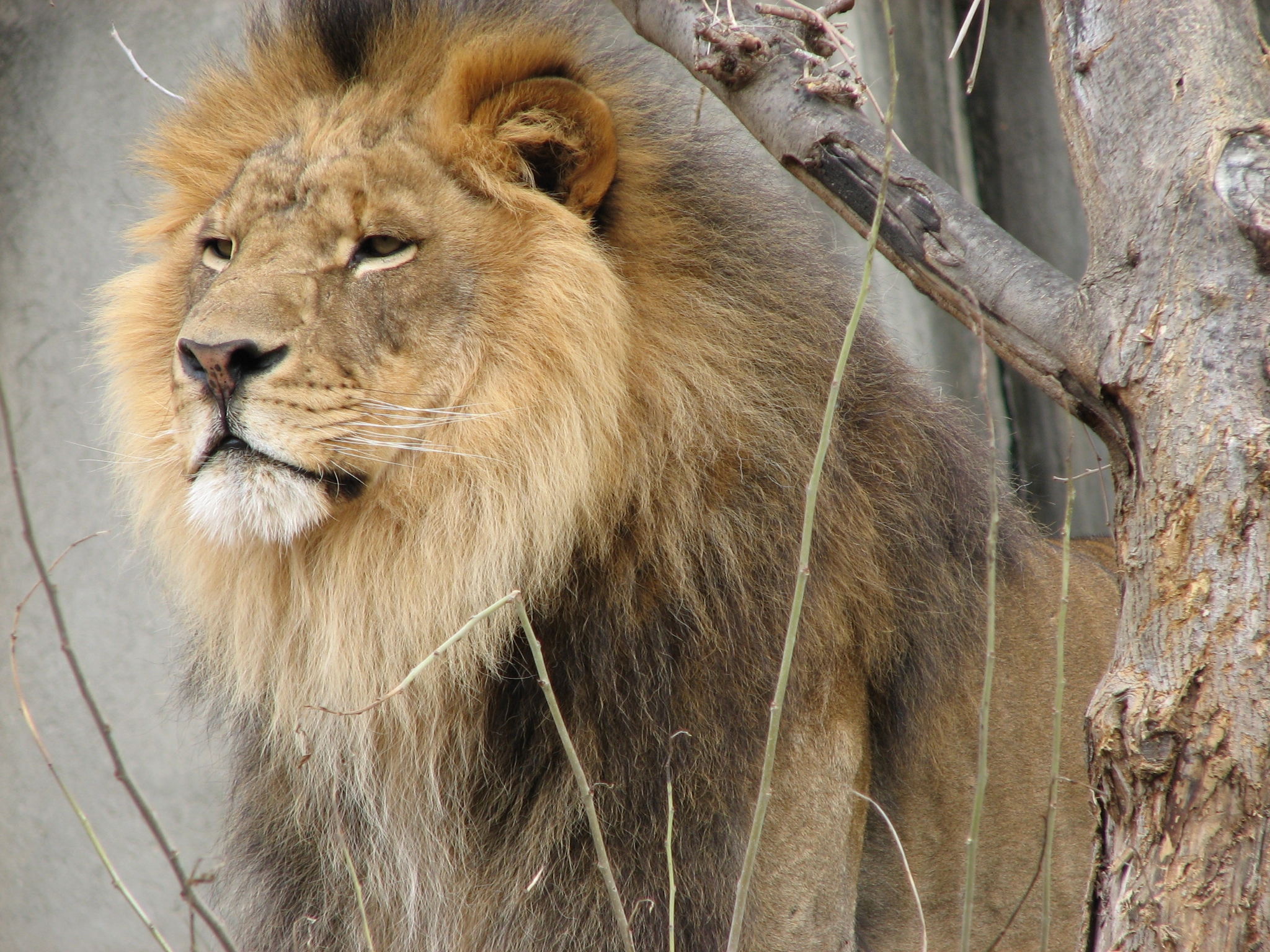
Adding the lion to the endangered species list would allow the FWS to ban the importation of lion trophies into the U.S. even if the beasts were hunted legally in another country. If that happens, the King of Beasts will only survive in “public housing” otherwise known as national parks and zoos.
A study published last month in the journal Biodiversity and Conservation estimated that lion populations have declined to 32,000, down 75 percent over the past fifty years. The animal welfare groups blame the decline on hunting. Teresa Telecky, from the Washington, D.C. office of Humane Society International, claims the listing is necessary to save the African lion from “the brink of extinction” caused by “irresponsible American trophy hunters.”
But the lion’s demise cannot be explained by hunting alone. In Kenya, for example, where hunting has been banned since 1974, lion populations have plummeted from 20,000 to 2,000, in just 50 years.
The major cause of declining populations is human-lion conflicts and habitat loss. As wildlife biologist Laurence Frank puts it, “For a rural and impoverished people, wildlife is an expensive neighbor unless you’re a hunter who actually lives on wildlife.” Unlike rich animal welfare advocates who buy their meals at the supermarket, subsistence farmers need land for crops and livestock. When they lose livestock to lions, it is not surprising that they poison the predator.
Fortunately there are groups such as Living With Lions trying to find ways to make wildlife an asset rather than a liability. Hunting does this by generating more than $200 million in revenue each year across 23 southern African countries. These revenues generate “green jobs” for guides, trackers, cooks, and support staff. According to a 2012 study in the on-line journal, PloS One, eliminating these revenues could “reduce tolerance for the species among communities where local people benefit from trophy hunting, and may reduce funds available for anti-poaching,”
Hunting is not the only way of making wildlife an asset and reducing the cost of living with them. Jake Grieves-Cook, a tourism entrepreneur in Kenya, owns Porini Camps. He has contracted with Masai herders to remove their cattle from harms way on more than 100,000 acres of land adjoining Masai-Mara National Park. His tented camps employ Masai who, among other service jobs, guard the camp, an important job in a place where the silence of the night is broken by lions roaring. Cook’s private conservancies are home to more than 5 percent of Kenya’s lions.
Groups like Living With Lions work to provide compensation for lion predation and protect people and livestock from the big cats. They build lion-proof bomas or corals to keep the cats away from cattle and sheep at night. Lion Guardians employs 29 Masai warriors to guard livestock on the Southern Olgulului Group Ranch near Kenya’s Amboseli National Park. In South Africa, Cheetah Outreach has a livestock guarding dog program, which uses Anatolian Shepard puppies to scare predators away.
Since passage of the Endangered Species Act in 1973, 1,232 species have been added to the endangered species list. Of those, 56 have been removed — 28 because they recovered, 18 because they were never endangered, and 10 because they went extinct. Adding the lion to the endangered species list will ensure that it remains on life support provided by impoverished African governments, or possibly increase the number of extinctions to 11. This is neither good foreign policy nor good environmental policy.


